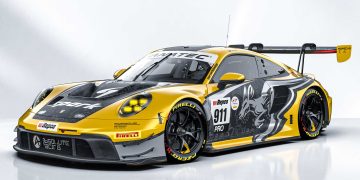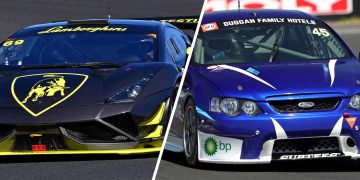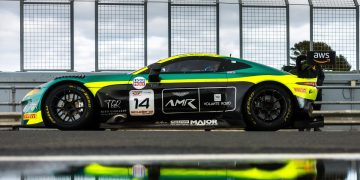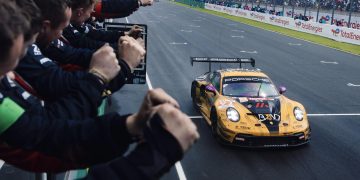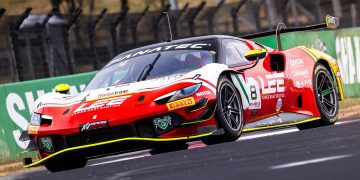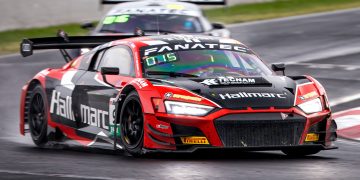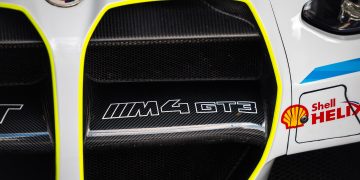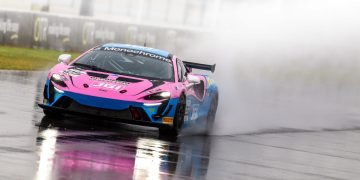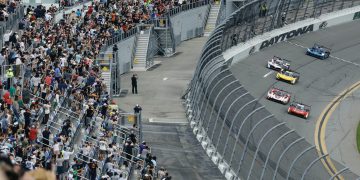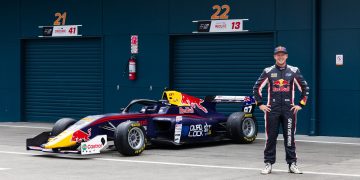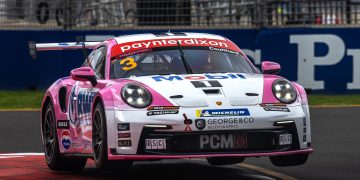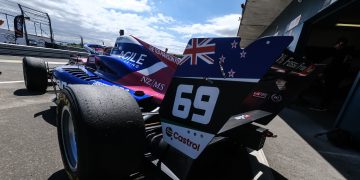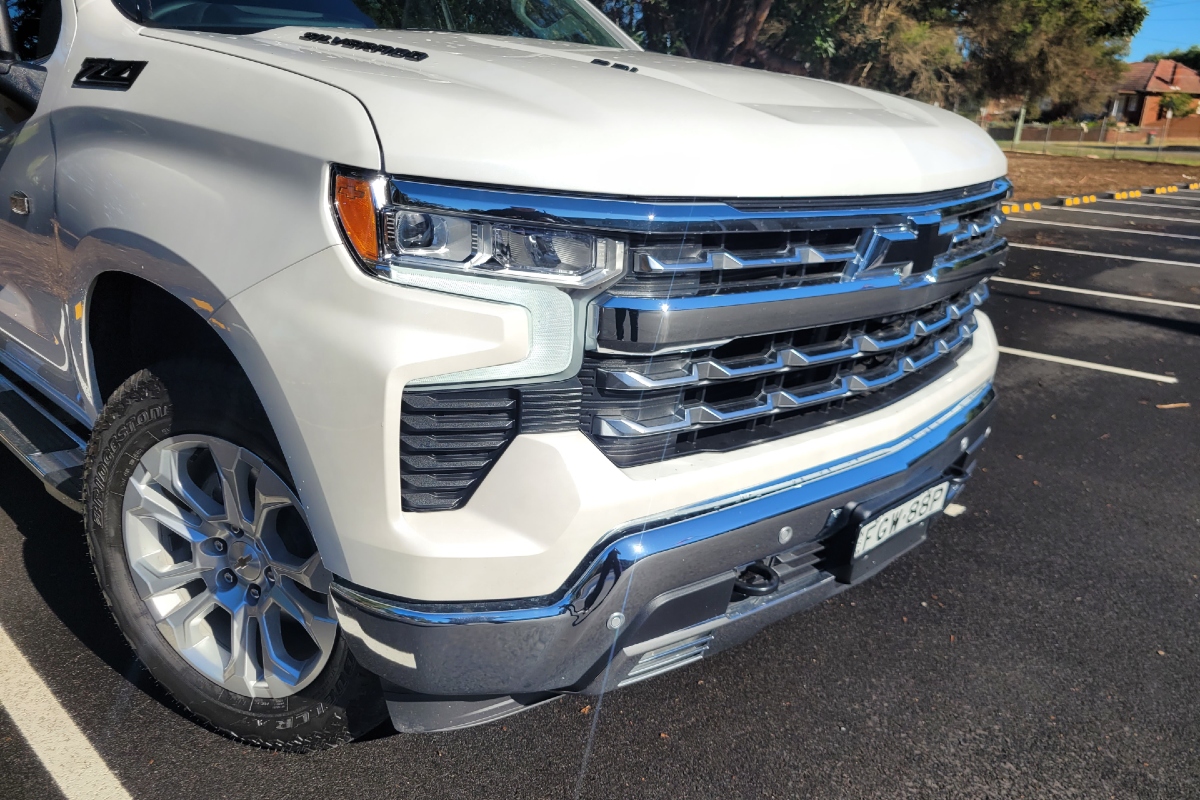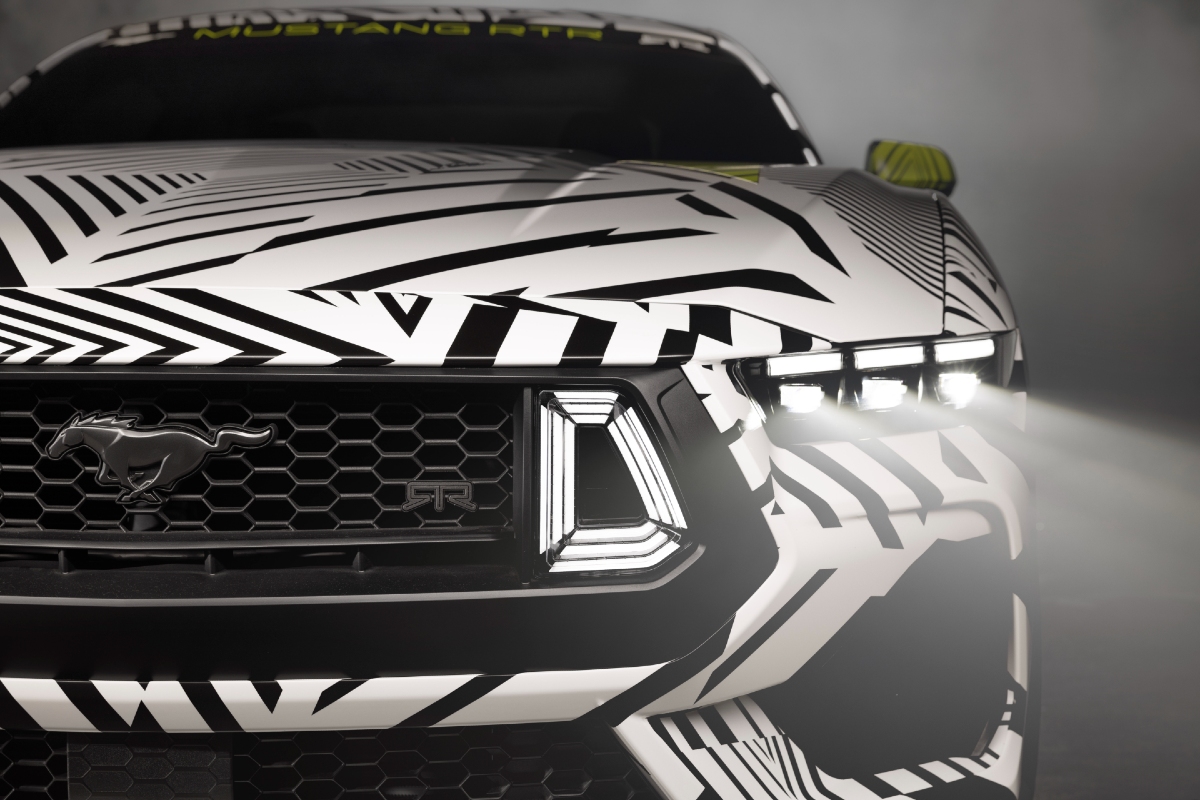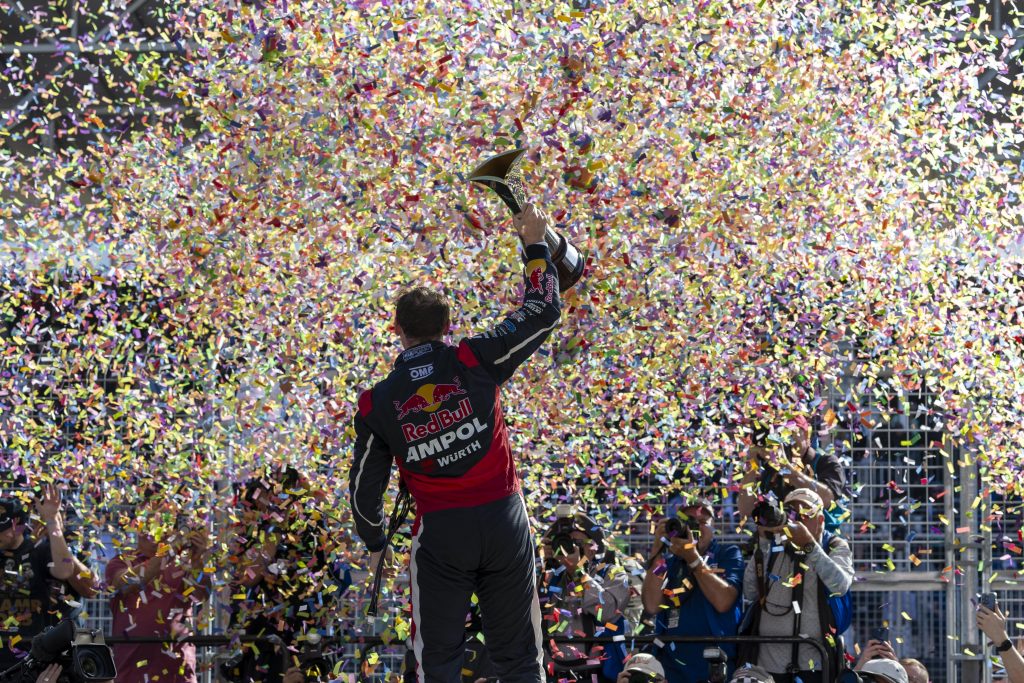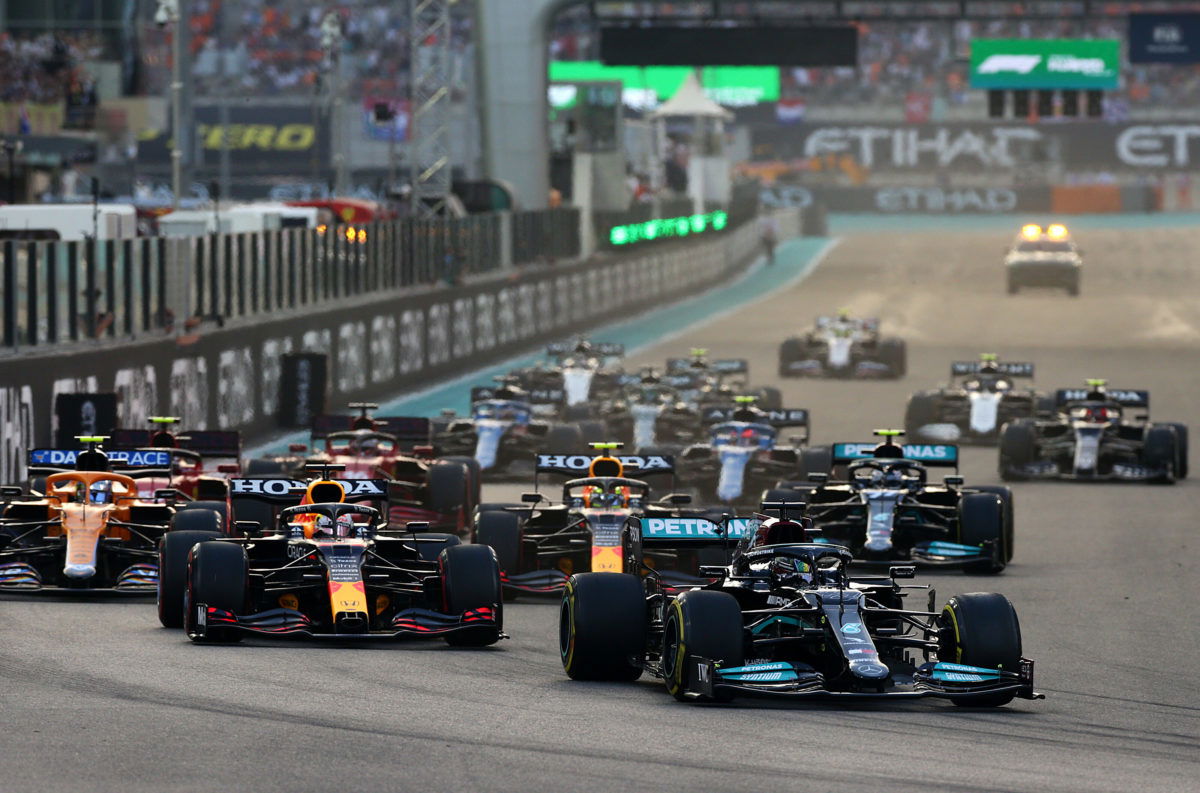
Did FIA race director Michael Masi make the right call in the way he restarted the Formula 1 Abu Dhabi Grand Prix?
That’s what we’re asking you in this week’s Pirtek Poll after one of the most controversial races in the world championship’s seven-decade history.
Max Verstappen claimed victory after passing Lewis Hamilton midway around the final tour, stealing away the world championship at the conclusion of a race in which he’d played second fiddle throughout.
But Verstappen winning the race is not central to the debate that has engulfed the Formula 1 paddock, merely a byproduct of it.
The true issue is whether Masi made the right call, and adhered to the rules set out by the FIA, during the late Safety Car.
With five laps remaining, Nicholas Latifi found the fence.
Race control, rightly, neutralised the race to clear the stricken Williams, but it is here that the waters begin to muddy.
At Mercedes, it adopted a conservative approach – choosing not to stop and give up track position to Verstappen.
It made that call with the belief that it had protection courtesy of Article 48.12 of the sporting regulations which, in short, state that should lapped cars be waved through, the race could not restart until the following lap.
At the time, there were five lapped runners between Hamilton out front and Verstappen in second.
With workers on track, Mercedes reasonably deduced that the clean up would likely take three or four laps.
That left little time to release the lapped cars and restart the race, meaning Hamilton would either take the sprint to the flag with five cars between he and Verstappen, or the race would finish under the Safety Car.
Neither of those options occurred.
Having initially advised that lapped cars could not overtake, race control revised that on Lap 57 to give permission to the lapped traffic between the two leaders to pass.
The other three lapped runners were not afforded that luxury.
It set up a scenario where Verstappen, who had rolled the dice and had a set of soft compound tyres fitted when the Safety Car was first deployed, was immediately behind Hamilton, who was on an old set of hard compound tyres.
With such a performance differential, the outcome was largely predictable.
Following the race, Mercedes issued two protests; one alleging Verstappen overtook Hamilton under Safety Car conditions, and another citing Article 48.12 of the sporting regulations.
Their argument was that Masi should have released either all or none of the lapped runners, and that by waving through just five he’d breached the sport’s rules.
It also claimed that insufficient time was allowed between the cars being waved through and the race being restarted from behind the Safety Car, another point in contradiction of Article 48.12.
Red Bull, predictably, countered by stating that the wording of the regulations (“any cars that have been lapped by the leader”) did not necessarily mean ‘all’.
In full, Article 48.12 of the sporting regulations states;
If the clerk of the course considers it safe to do so, and the message “LAPPED CARS MAY NOW OVERTAKE” has been sent to all Competitors via the official messaging system, any cars that have been lapped by the leader will be required to pass the cars on the lead lap and the safety car.
This will only apply to cars that were lapped at the time they crossed the Line at the end of the lap during which they crossed the first Safety Car line for the second time after the safety car was deployed.
Having overtaken the cars on the lead lap and the safety car these cars should then proceed around the track at an appropriate speed, without overtaking, and make every effort to take up position at the back of the line of cars behind the safety car. Whilst they are overtaking, and in order to ensure this may be carried out safely, the cars on the lead lap must always stay on the racing line unless deviating from it is unavoidable. Unless the clerk of the course considers the presence of the safety car is still necessary, once the last lapped car has passed the leader the safety car will return to the pits at the end of the following lap.
If the clerk of the course considers track conditions are unsuitable for overtaking the message “OVERTAKING WILL NOT BE PERMITTED” will be sent to all Competitors via the official messaging system.
Red Bull also argued that the enactment of Article 48.13, which pertains to the timing of the Safety Car’s withdrawal, overruled the time period needed following the release of cars.
It also referenced Article 15.3 which, among other items, provides the race director with “overriding authority” when it comes to the use of the safety car (Article 15.3 e).
Officials agreed with Red Bull, ruling that Masi had acted within the regulations and the result therefore stands, but it remains a key point of contention with Mercedes announcing plans to protest the ruling.
It has asked for the result to be rolled back a lap, to the end of Lap 57 when Hamilton still led the race, given the impact the release of the five backmarkers, and timing of the restart had.
Strangely, another course of action was at the race director’s disposal, and has been used previously this year.
At the Azerbaijan Grand Prix, a late red flag saw a standing restart on Lap 50 of 51.
Such a decision in this instance would have afforded the opportunity to reorder the field, and while everyone would have had the opportunity to change tyres, it would have made for a less controversial ending to the race and championship.
That option was not taken and instead the climax of the 2021 season came down to a single-lap shootout with one team well prepared and another caught out by rules it feels were broken to create such a scenario.
But what do you think; was Michael Masi right to clear the lapped traffic between Hamilton and Verstappen and allow a one-lap shootout to the flag? Case your vote below in this week’s Pirtek Poll.

 Shop
Shop